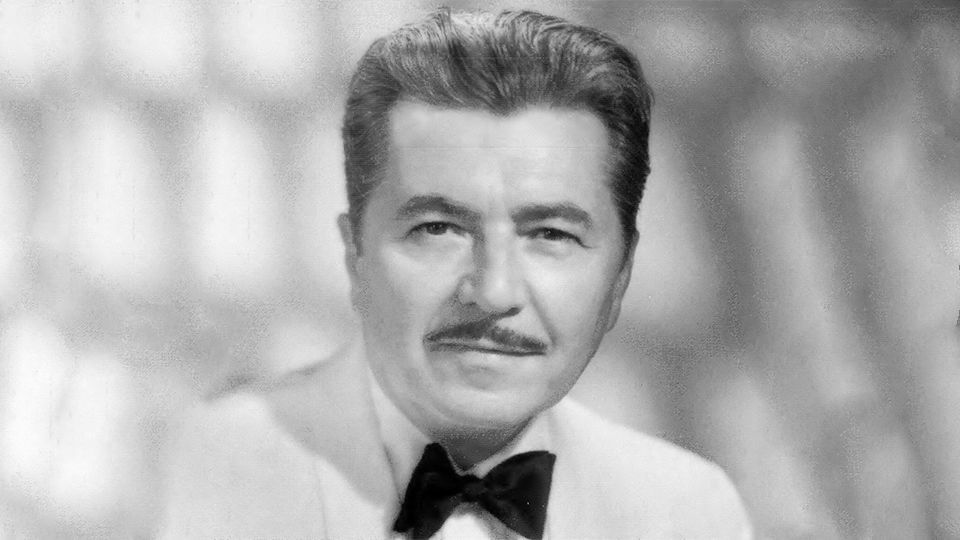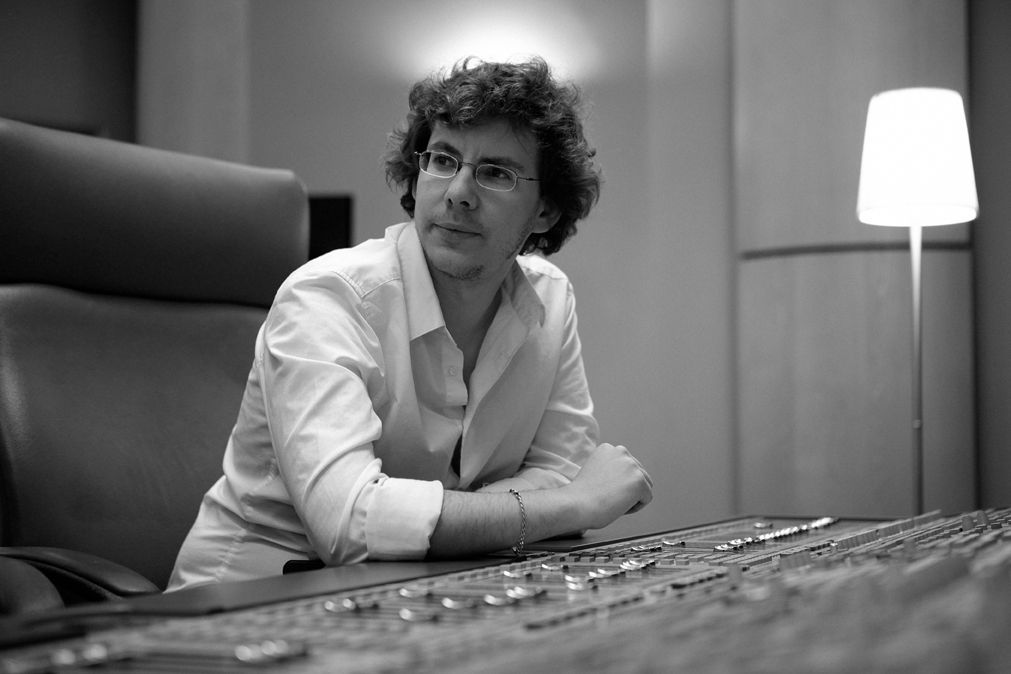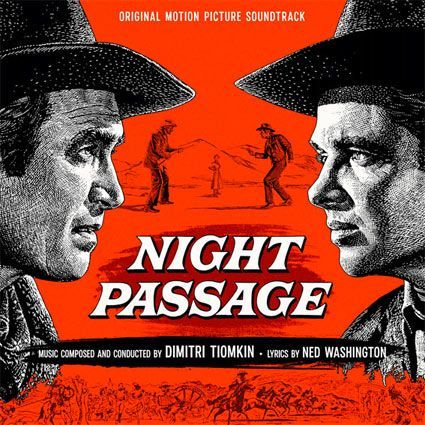Noël Léon Marius ‘Leo’ Arnaud

Précis from an essay Hollywood Film Music Orchestration 1930–1970: Part II Who’s who and Statistics by
N. William Snedden, reproduced with the author’s permission.
Leo Arnaud started his musical education at the Conservatoire National de Musique de Lyon at the age of eleven. He studied percussion, harmony and counterpoint, cello and trombone (Arnaud’s father was a trombonist) and graduated with a general Certificate of Studies in 1916. As a post-graduate he gained many first prizes in these subjects over the years 1917 to 1924. Arnaud moved to Paris in 1917 and at the age of fourteen performed on cello Ave Maria by Charles Gounod (1818-1893) accompanied on organ by Camille Saint-Saëns (1835–1921) at the Vichy Cathedral. For a time (c. 1922) he studied conducting with Felix Weingartner (1863–1942) at the Berlin State Opera. Aged eighteen Arnaud started to pursue a career in jazz in Paris, initially as a drummer, later playing trombone as Leo Vauchant with popular jazz groups: Chicago Hot Spots (1924), and Paul Gason’s band (1925). He studied solfège (vocal exercises to teach pitch and sight-reading) with Jean Vauchant and lived with the Vauchant family in Paris after his parents separated, adopting their surname.
During the years 1924–28 Arnaud took classes in composition with Vincent d'Indy (1851–1931) at the Schola Cantorum and became associated with Maurice Ravel. In return to learning about orchestration, Arnaud gave Ravel advice on jazz rhythms and syncopation and assisted with the notation of trombone solos in Ravel’s works. He was the first player to perform the demanding trombone solo in Boléro which premiered at the Paris Opéra, 22 November 1928. Throughout this period he also taught and was musical director of the Bouffes Pariesiens Theatre. Between 1928 and 1931 Arnaud played and arranged for the dance band leader Jack Hylton, touring the world. Entering America in 1931 he joined the Fred Waring Orchestra as chief arranger in New York City. He also arranged music for Lud Gluskin, David Broekman, Sigmund Romberg, Nat Shilkret, Nelson Eddy, Jeanette MacDonald, the American opera coloratura soprano Marion Talley and many others. He played with the Casa Loma Orchestra and in Roger Wolfe Kahn’s jazz band before joining MGM in 1936. Arnaud took over as arranger and conductor of the Dave Rose Orchestra on ‘California Melodies’ (KHJ radio Los Angeles) in 1942 when Rose left for the Army. Arnaud himself served in the Pacific during WW2 with the US Army Transport Corps. He volunteered the day after Pearl Harbor initially joining the Office of Strategic Service and served in the South Pacific as an Engineer-Lieutenant Senior Grade in 1944, promoted later to full Commander.
Arnaud was associated with approximately 150 films over forty-four years in various capacities as orchestrator, arranger, and composer, including: BORN TO DANCE (1936), BROADWAY MELODY OF 1940, THE PHILADELPHIA STORY (1940), YOU’LL NEVER GET RICH (1941), LOVELY TO LOOK AT (1952), THE RAINS OF RANCHIPUR (1955), JUMBO (1962), AND DR. ZHIVAGO (1965). He was also a performer on soundtracks e.g. GONE WITH THE WIND (1939, playing trombone) and CAPTAIN FROM CASTILE (1947, playing percussion). In 1964 he shared an Academy Award nomination with Jack Hayes and four others for the adaptation of Meredith Willson’s THE UNSINKABLE MOLLY BROWN. (Arnaud’s friend André Previn won that year for MY FAIR LADY.) Arnaud is famed for writing ‘Bugler’s Dream’ first used by the American Broadcasting Company as the theme for the 1968 Winter Olympic Games. His concert works include: Symphonie Française: Noumea (1949), Civil War Jubilee, Snow Flake, In Memoriam, Well Tempered Oboist and Latin American Scenario (1964) which is based upon movie score themes. Arnaud was awarded a Doctorate of Music by L’Academie de Musique d’Ormesson (1950) and knighted three times for his artistic efforts in Spain (1956), Finland (1965), and France (1966).



